Snakes: Facts about one of the most iconic creatures in animal hiss-tory
Discover interesting facts about snakes, from how they hunt and eat, to why they don't have legs.
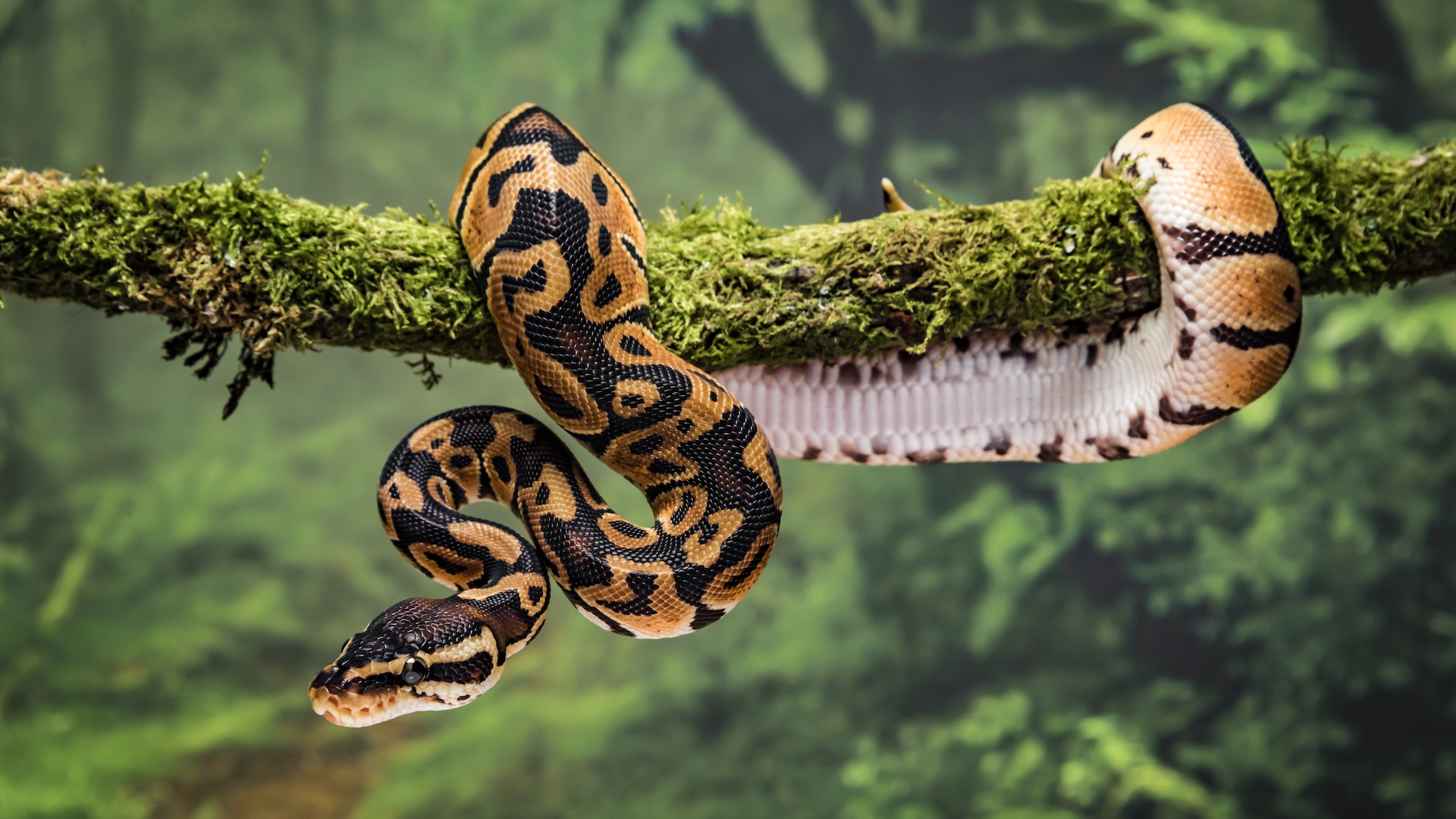
Where they live: Every continent except Antarctica
What they eat: Other animals, ranging from insects and eggs to large mammals
How big they are: Can range from 4 inches (10 centimeters) to over 30 feet (9 meters)
There are about 4,000 different snake species in the world today. They occupy a wide range of habitats — some dwell underground while others live high in the canopies of trees, and many spend their entire lives on the ground. Some even spend a significant portion of their lives underwater. They have adapted to climates ranging from tropical rainforests and deserts to marine environments and the freezing Arctic.
These legless reptiles evolved from four-legged lizards during the Jurassic period (201 million to 145 million years ago). Like nearly all living reptiles, snakes are cold-blooded, meaning they rely on the environment to regulate the temperature of their bodies. As a result, snakes are frequently seen warming themselves in the sun.
Though snakes are often thought to be dangerous, only around 600 species are venomous, about a third of which possess venom that is fatal to humans, according to National Geographic. Even these species are inclined to avoid humans and only strike when threatened. Most snakes are entirely harmless, and they are all crucial predators that help maintain food webs.
4 fast facts about snakes
- Snakes smell by flicking their forked tongues and picking up odors that are transported to special organs on the roofs of their mouths.
- Snakes do not have eyelids. Each eye is covered by a clear membrane that is periodically shed along with the skin.
- Some species of snake have the remnants of legs in the region where their lizard ancestors would have had legs.
- All snakes shed their skin. They do this to grow and remove parasites.
Everything you need to know about snakes
How do snakes eat?
Snakes are exclusively carnivorous, meaning that they only eat other animals — and in some cases, eggs. Their diets range widely. Larger snakes like pythons and anacondas can swallow enormous prey, including deer and alligators. In rare cases, pythons have eaten humans.
Snakes use a variety of techniques to capture their prey. Many are ambush predators, lying in wait to strike.
Some use venom, a toxic type of saliva injected using sharp fangs. The venom can affect various parts of the prey’s body, subduing or killing it so that it can be swallowed. Others kill by constriction, wrapping their bodies around their prey and squeezing until it is unconscious or dead.
Some species use their tails to entice prey — moving the end mimics the action of a worm or insect. The spider-tailed horned viper has a spider-shaped appendage to attract birds.
Tiny blind snakes and thread snakes simply slither through colonies of ants and termites, gobbling up their eggs, larvae and pupae. And a number of species only eat bird eggs, swallowing them whole, then using structures on their spines to crush them so they can be digested.
While popular myth suggests that snakes can unhinge their jaws in order to swallow objects larger than the width of their body, they actually have a specialized system of bones and ligaments in their jaws that allows their mouths to expand.
How do snakes reproduce?
Most snakes reproduce sexually. A male and a female mate — the male inserts one of his two penises (called hemipenes) into the female's cloaca (an orifice for waste and reproduction), using sperm to fertilize her eggs. Some species mate individually while others engage in "mating balls", where large numbers of individuals come together to mate at the same time.
Some species are able to reproduce without mating in a phenomenon known as parthenogenesis, or "virgin births", although this is rare..
Some snake species lay eggs, while others give birth to live young. Species that give birth to live young produce eggs as well, but the eggs hatch inside the mother.
Most egg-laying species abandon their eggs after they are laid, leaving the young snakes to fend for themselves. However some species, such as pythons and cobras, incubate the eggs and guard them until they hatch. Snakes that incubate their eggs or give birth to live young may guard their offspring for a brief period, usually until they shed their skins for the first time.
The shells of snake eggs are soft and rubbery, unlike those of birds. The snakes incubating inside use special "egg teeth" to cut through the shell when they are ready to emerge. Once they hatch, they shed these teeth and are ready to hunt on their own.
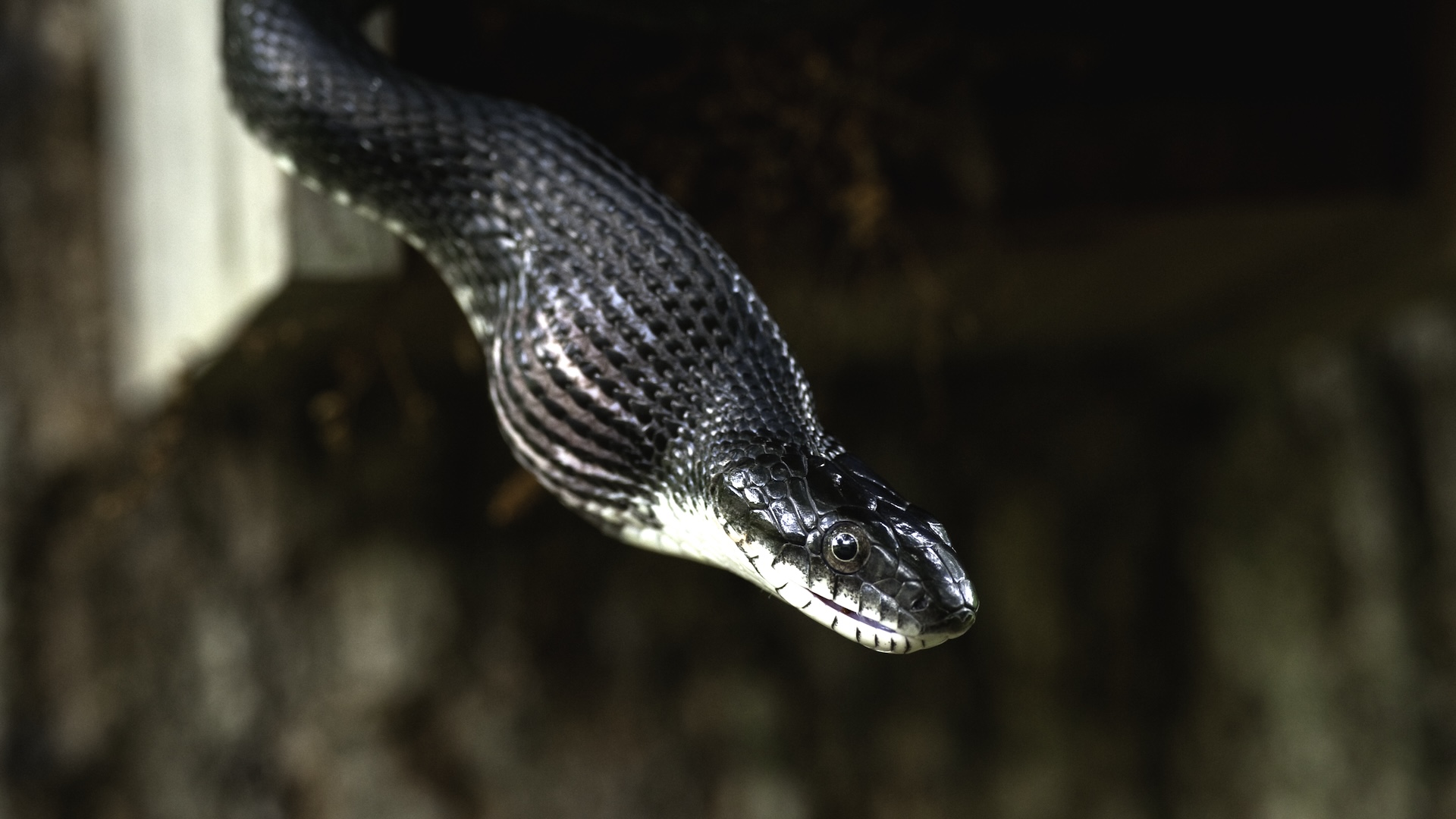
Are all snakes venomous?
Not all snake species produce venom. Those that are venomous produce a form of toxic saliva from glands in their jaws. It is injected using fangs in either the front or rear of the jaw. Some species have fangs that function like hypodermic needles, injecting the venom directly. Most, however, have grooves in their teeth that channel the venom into the wounds created by the fangs.
Snake venom is thought to have evolved mostly as a means of capturing prey, though it is also a useful defense mechanism. Snake venom functions in three main ways — damaging cells, disrupting blood clotting and impairing the nervous system.
While it is widely believed that venomous snakes have vertical, slit-like pupils and non-venomous snakes have round pupils, there are plenty of exceptions and the shape of the pupil is not a reliable indicator as to the danger posed by a given snake. In fact, most snake pupils appear round in low light due to their dilation.
Up to 140,000 people die from snake bites every year, and many more suffer permanent injuries, such as the amputation of limbs. Antivenom treatments have been developed for many snake species. These are produced by injecting small amounts of the snakes’ venom into animals and then harvesting and purifying the antibodies that are produced.
While snakebites can be deadly, snake venom has also led to important developments in the treatment of diseases such as cancer and Alzheimer’s disease.
Did snakes used to have legs?
Snakes evolved from lizards. It is unclear whether their lizard ancestors burrowed underground or preferred aquatic environments. In any case, they certainly had legs.
Scientists speculate that the loss of limbs may have been beneficial to early snakes if they evolved underground and needed to navigate narrow burrows, or if they evolved in the water — a body shape without limbs may have been more streamlined.
The first clearly identifiable snake fossils date to the Middle Jurassic (174.1 to 163.5 million years ago). Though they are poorly preserved, it is believed that they likely had hindlimbs.
Primitive snakes fossils dating to the Early Cretaceous (145 to 100.5 million years ago) feature tiny limbs as well, indicating that legs persisted for quite some time during the early evolution of snakes.
These remnant limbs may have still served a purpose. The back legs could have helped male snakes to grasp their partners during mating. In fact, some modern snakes have pelvic spurs — small protrusions that evolved from legs and help males to stimulate and grasp females during mating. They even retain portions of the pelvis, to which the hind legs would have attached. However, more "advanced" snakes have lost these features entirely.
Snake pictures
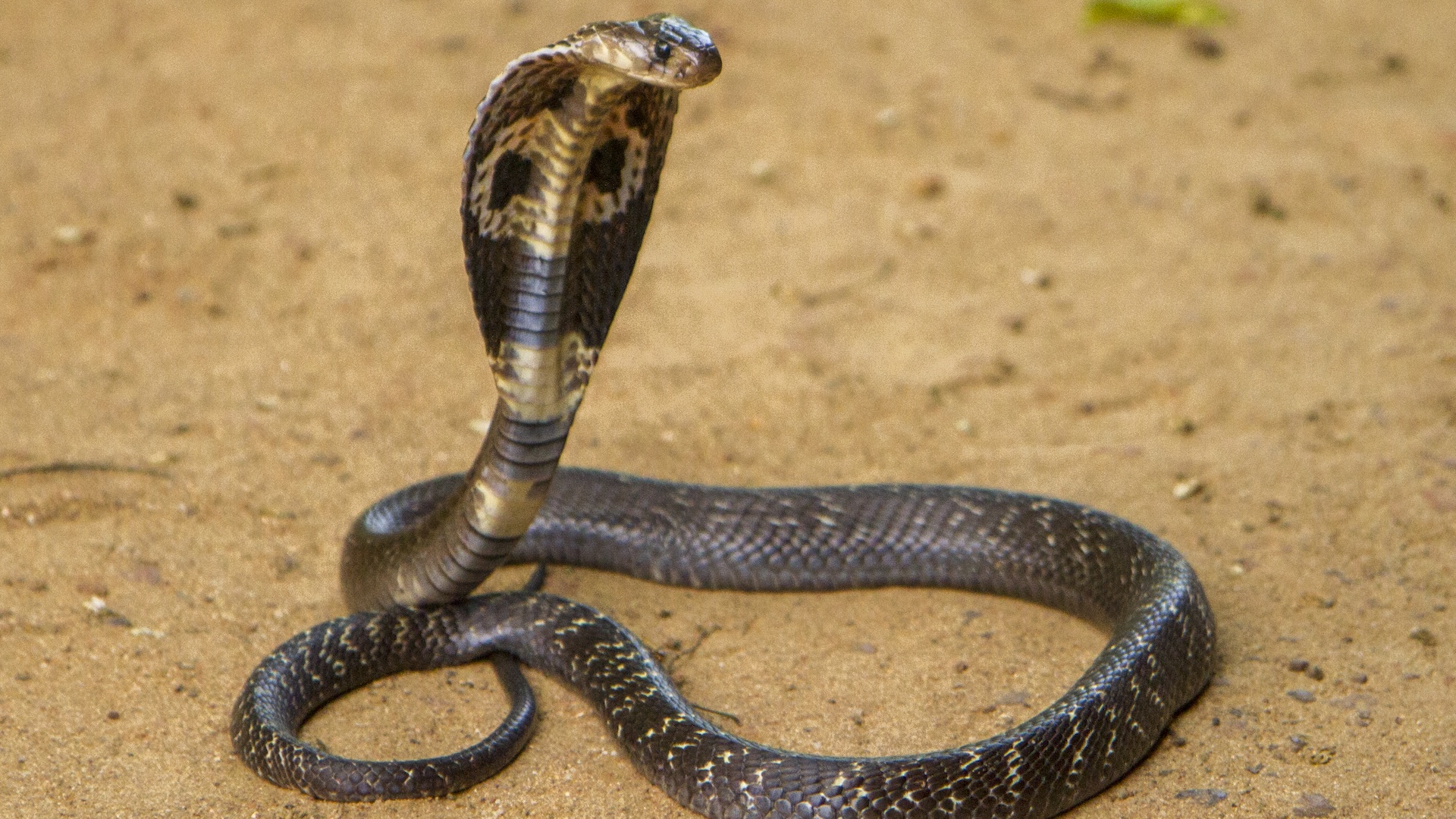
King cobra
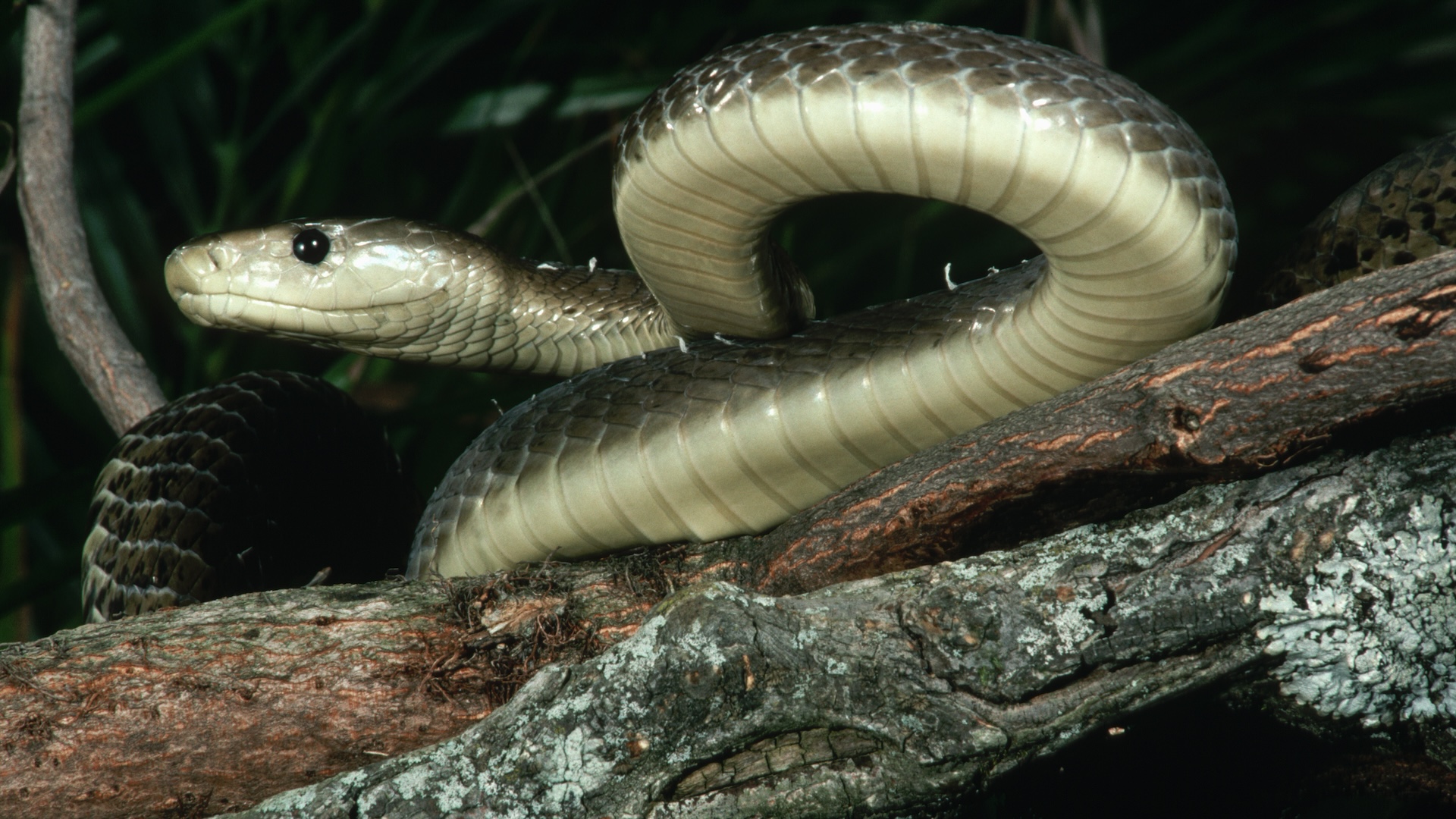
Black mamba
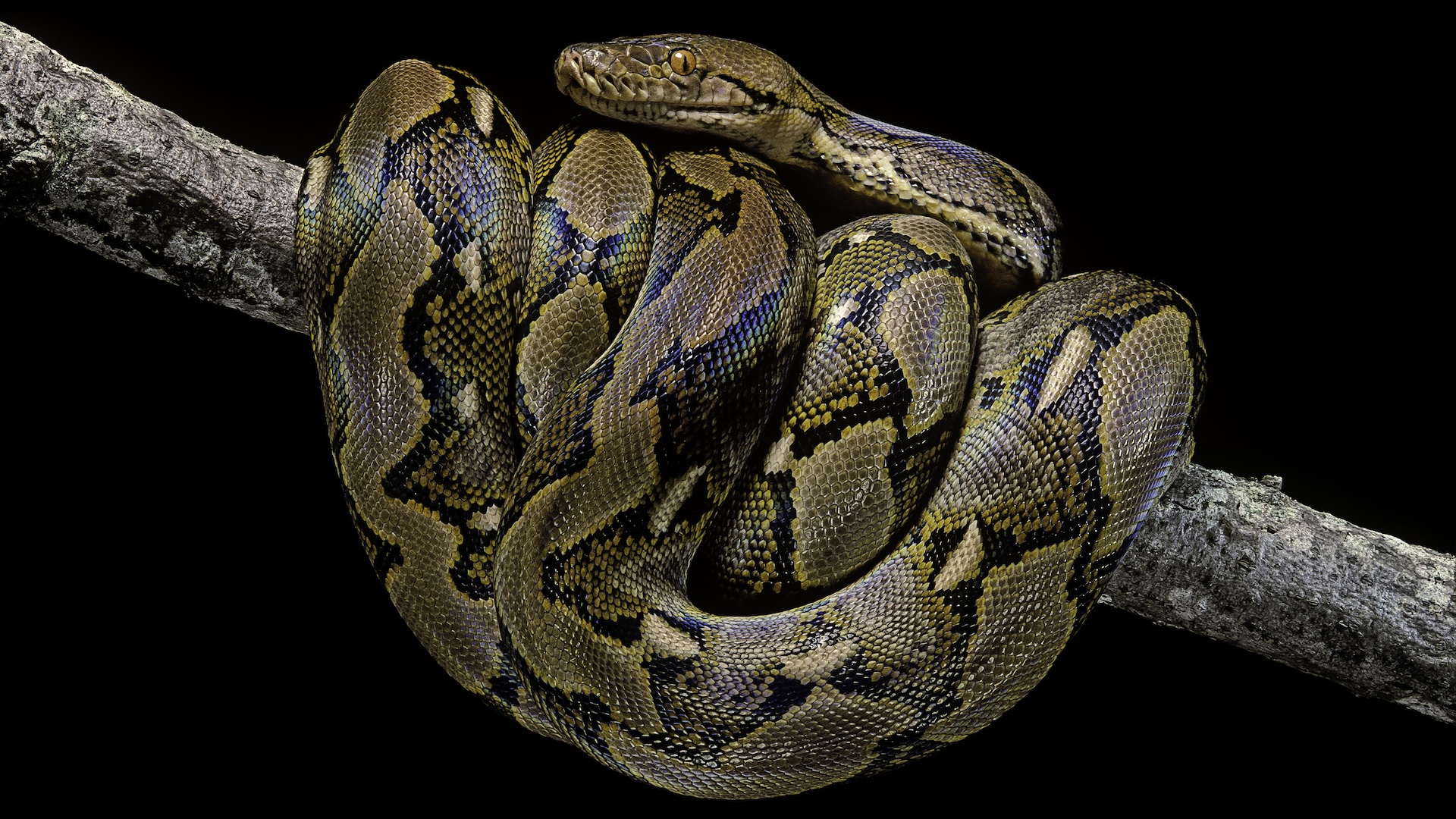
Reticulated python
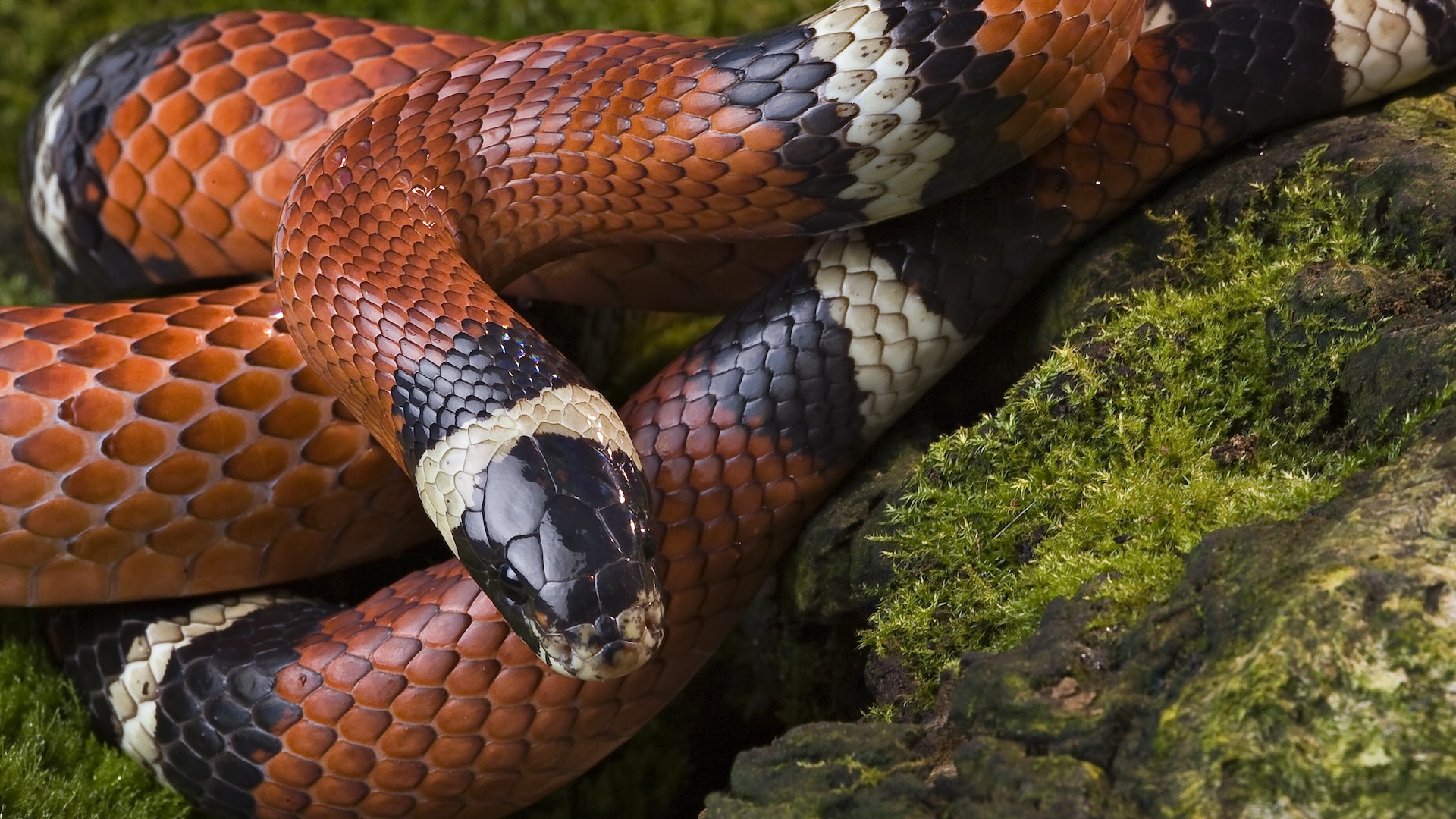
Sinaloan milk snake
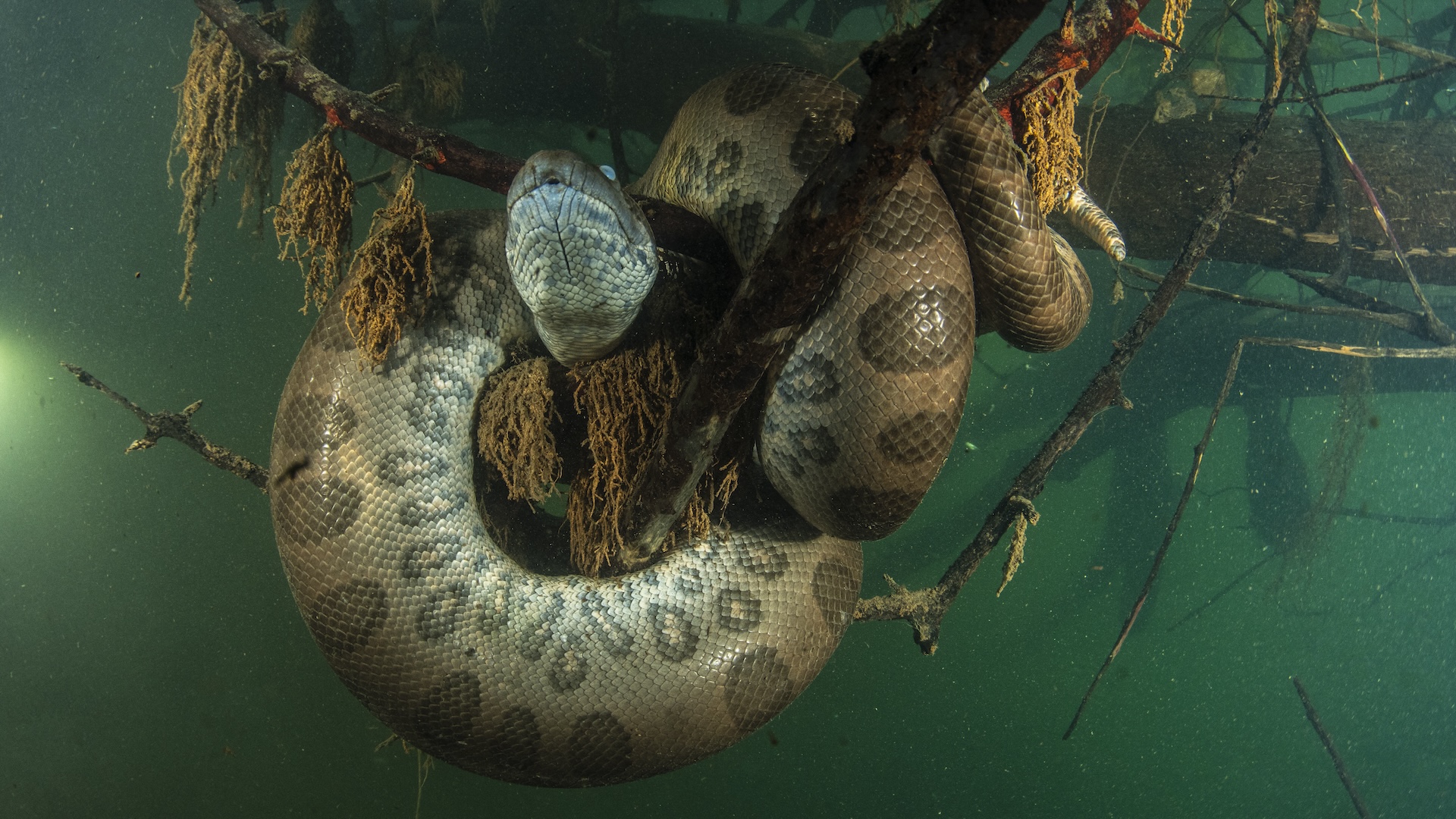
Green anaconda
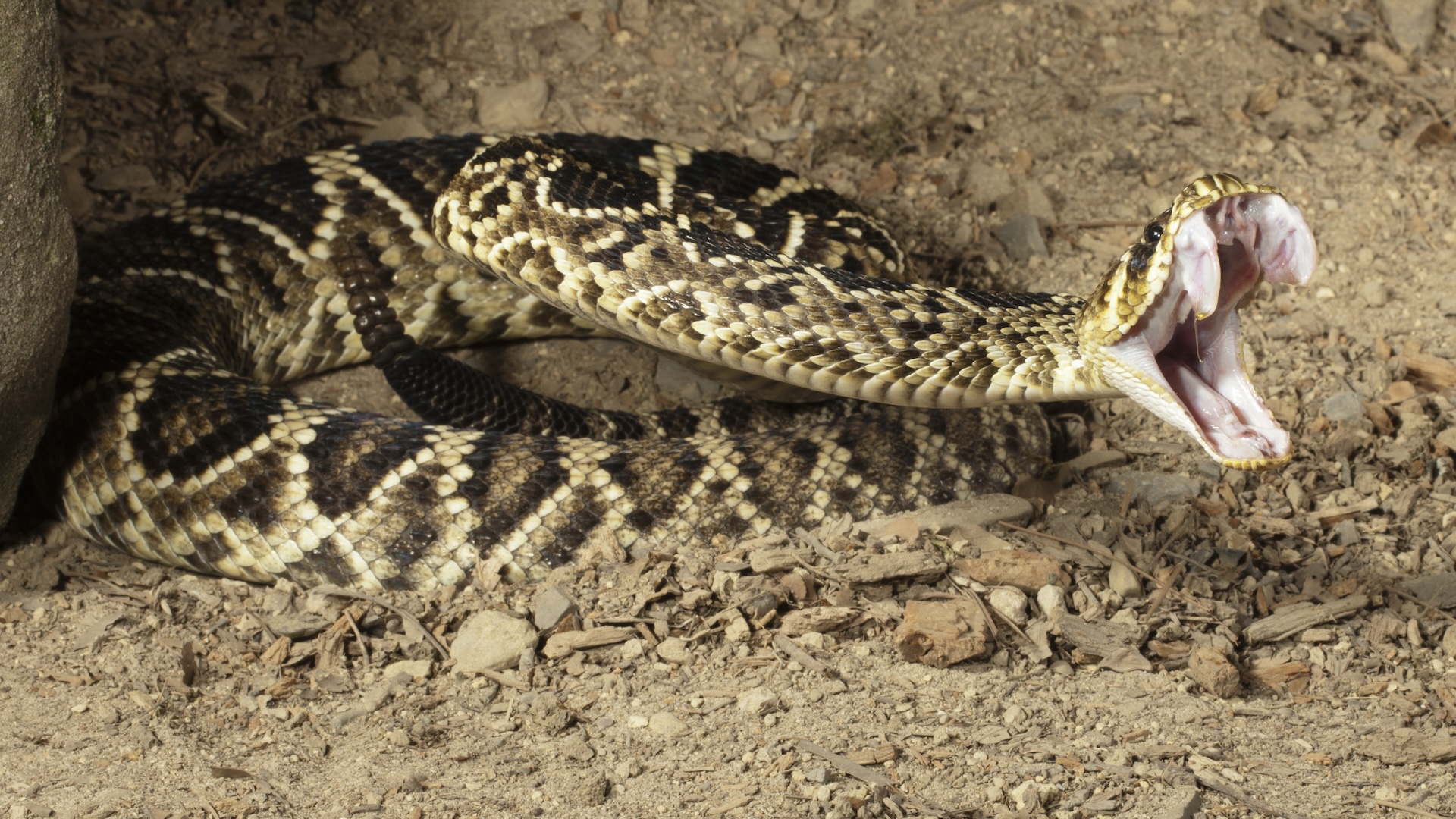
Rattlesnake
Discover more about snakes
Sign up for the Live Science daily newsletter now
Get the world’s most fascinating discoveries delivered straight to your inbox.

Richard Pallardy is a freelance science writer based in Chicago. He has written for such publications as National Geographic, Science Magazine, New Scientist, and Discover Magazine.
You must confirm your public display name before commenting
Please logout and then login again, you will then be prompted to enter your display name.










